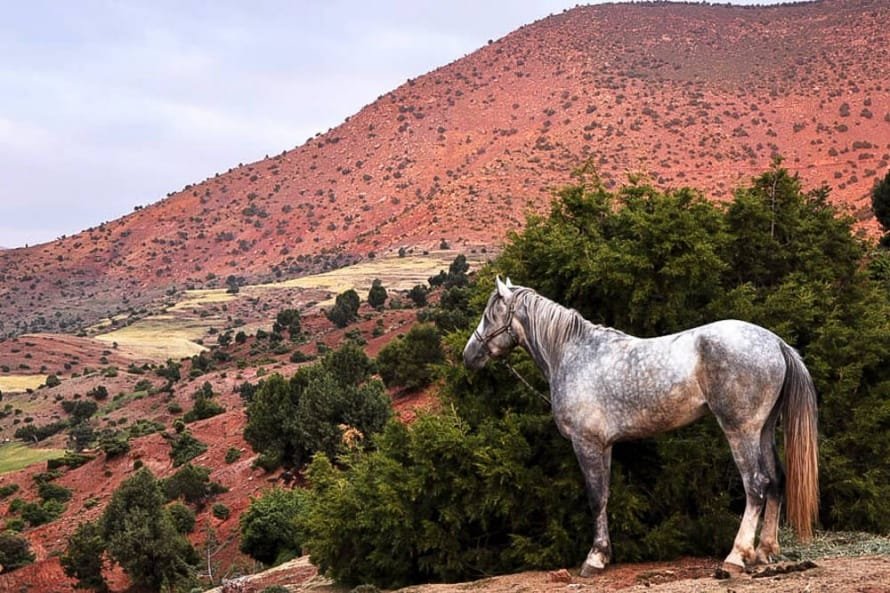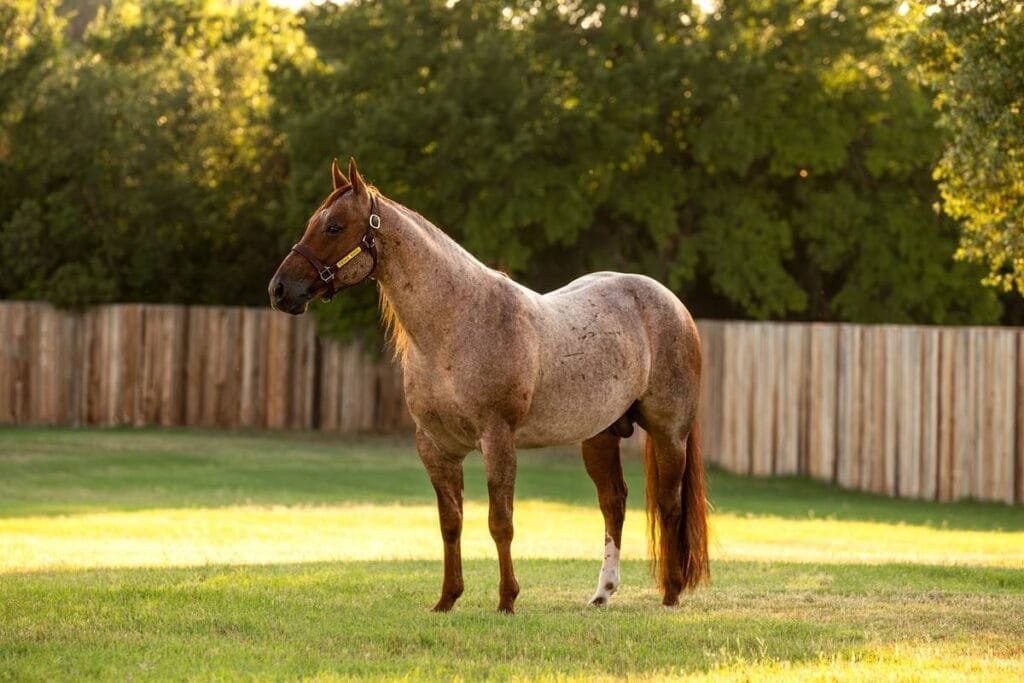Barb horses are one of the oldest breeds of horses in the world.
While several outside influences have shaped Spanish and North African Barbs horse throughout their long history, Barb bloodlines have also played a pivotal role in developing new breeds.
Barb horse History and Origins
The Barb horse comes from ancient Berber horses in North Africa, known for being tough and agile in deserts. Romans admired them, and Arabs spread them across Europe, where they became famous warhorses for their speed and endurance. They influenced many European breeds, known for their strength and versatility in battle and culture. Today, efforts to protect the Barb focus on its history and keeping its genes pure in North Africa.
Barb horse Characteristics and Breed Standard
Barb horses are compact with strong legs and a short back, standing around 14.2 to 15 hands tall. They have a straight or slightly curved profile, large eyes, and small ears. Their coats come in various colors like bay, gray, chestnut, and black, helping them adapt to different climates. Known for their intelligence and agility, Barb horses excel in endurance riding and show jumping. They’re prized for their stamina and are celebrated for their contributions to horse breeding worldwide, particularly in Europe through their influence on other breeds.
Barb horse Horse Features
| Feature | Details |
|---|---|
| Height | 14.2 to 15 hands (58 to 60 inches) tall |
| Body Type | Compact with a short back |
| Profile | Straight or slightly convex |
| Eyes | Large |
| Ears | Small |
| Coat Colors | Bay, gray, chestnut, black |
| Coat Texture | Fine, aiding in climate adaptation |
| Strengths | Stamina, endurance, agility |
| Uses | Endurance riding, show jumping, historical warhorse |
| Cultural Significance | Important in North African and European history |
| Influence | Significant impact on European horse breeds through history |
| Conservation Efforts | Programs in North Africa to preserve genetic purity and cultural heritage |
Barb horse cultural and historical significance
The Barb horse holds a significant place in both cultural heritage and equestrian history. Originating from ancient Berber horses of North Africa, Barb horses were admired by the Romans for their speed and endurance, characteristics that later spread across Europe during Arab conquests. In medieval times, they became renowned warhorses, prized for their agility and stamina on the battlefield. Today, Barb horses continue to be celebrated as symbols of strength and heritage in North African cultures, depicted in art and literature. Their influence extends globally, shaping modern horse breeds and excelling in disciplines like endurance riding and show jumping. Efforts to preserve the Barb horse focus on maintaining its genetic purity and cultural importance in its native lands.

Barb horse Sample Diet
| Category | Daily Amount | Details |
| Forage | 1.5% to 2% of body weight | High-quality grass hay or pasture access, essential for digestive health |
| Concentrates | 0.5% to 1% of body weight | Balanced commercial feed or grains, adjusted based on activity level |
| Supplements | As needed | Salt, minerals, or vitamins to supplement deficiencies and ensure balance |
| Water | Free access | Clean, fresh water available at all times |
| Treats | Occasional | Carrots, apples, or other fruits and vegetables in moderation |
| Feeding Schedule | 2 to 3 meals per day | Consistent feeding times to maintain digestive health and routine |
Barb horse Interesting Facts
- One of the most popular ‘Barbary’ horse was Roan Barbary, owned by the English King Richard II in the 14th century.
- The World Organization of the Barb Horse was formed in Algeria in 1987 to preserve and promote Barb horses.
- Because of its ‘gentle nature’ and ‘eagerness to learn’, Barb horses were trained for dressage in several European cities in the 16th century.
- The Abaco Barb, a strain of the Spanish Barb breed, is believed to have derived from horses that were shipwrecked on the Great Abaco Island in the Bahamas, during the Spanish settlement in the Americas. The population of wild Abaco Barb horses on the island was once more than 200.




